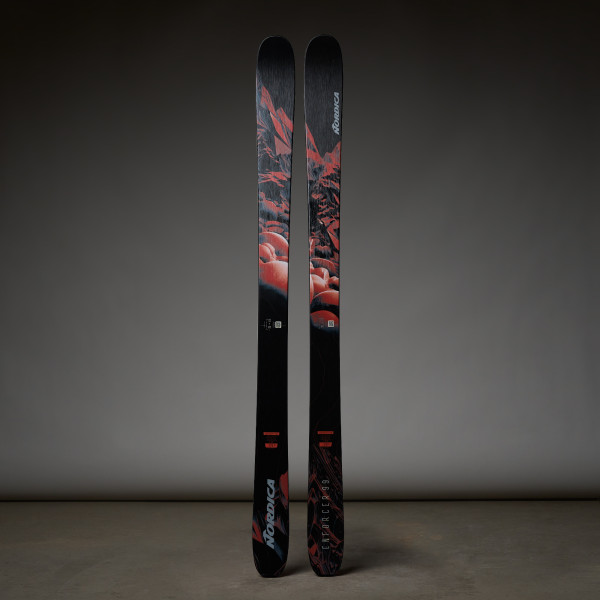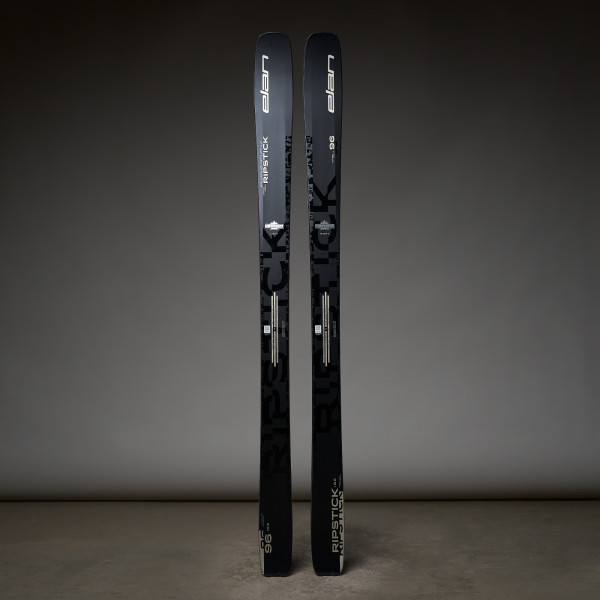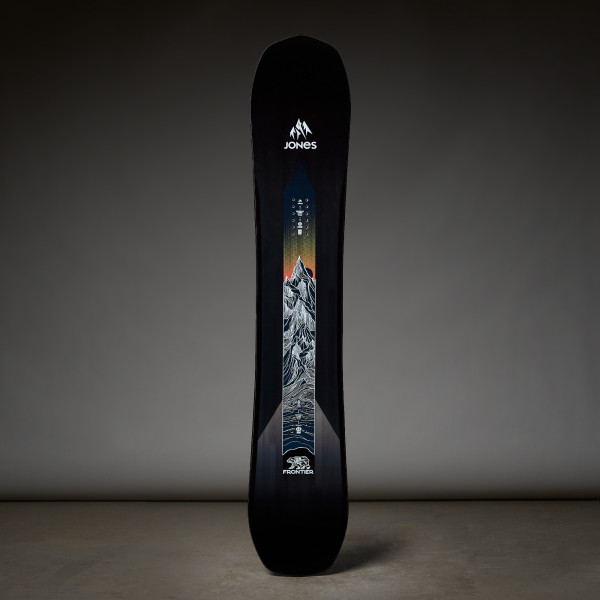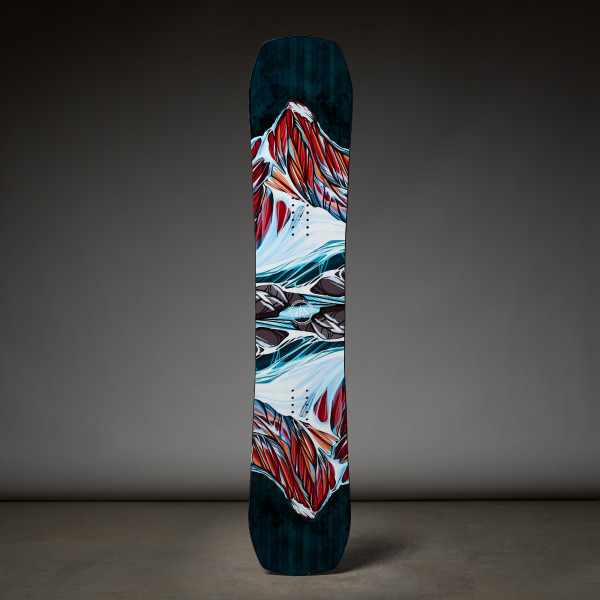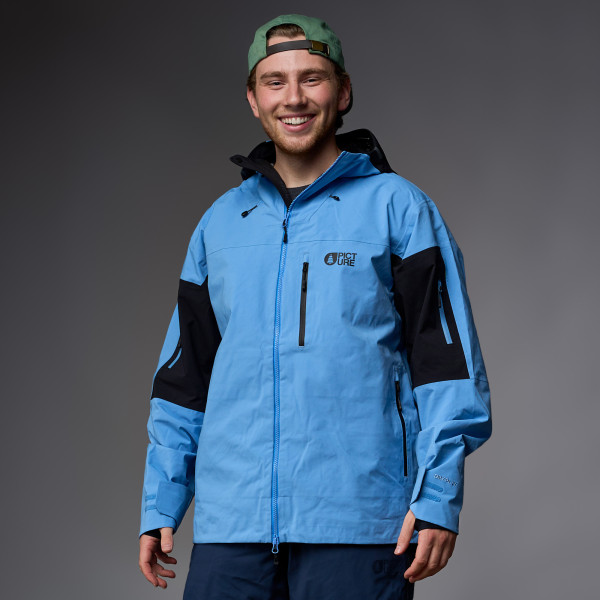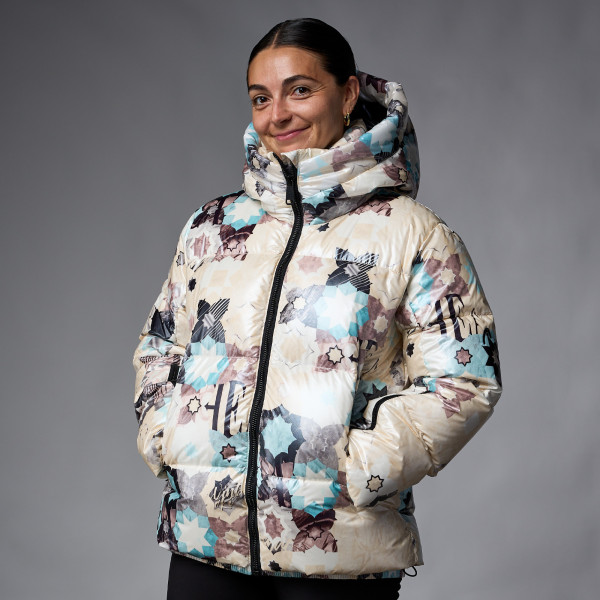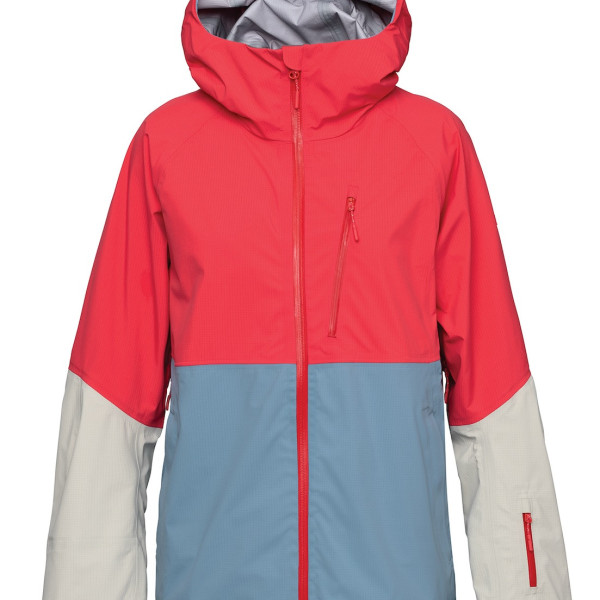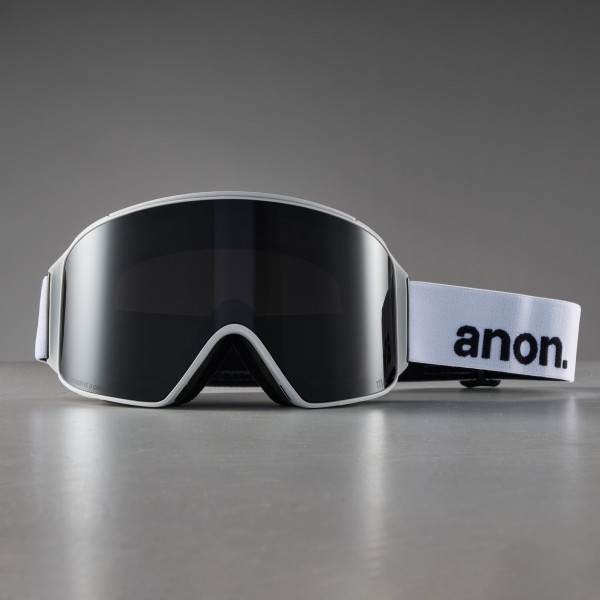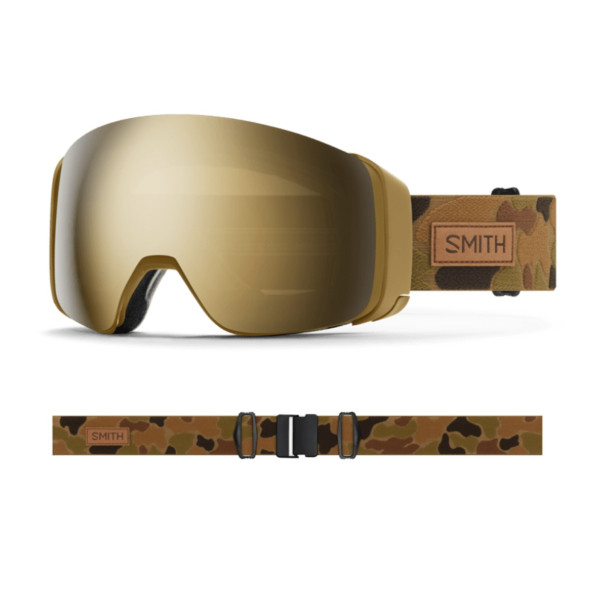Your Shopping Cart
Hot Items
Ski & Snowboard Outlets
Ski Technology: Camber vs. Rocker
Posted November 7, 2013 @ 12:26pm | by George Michaelsen
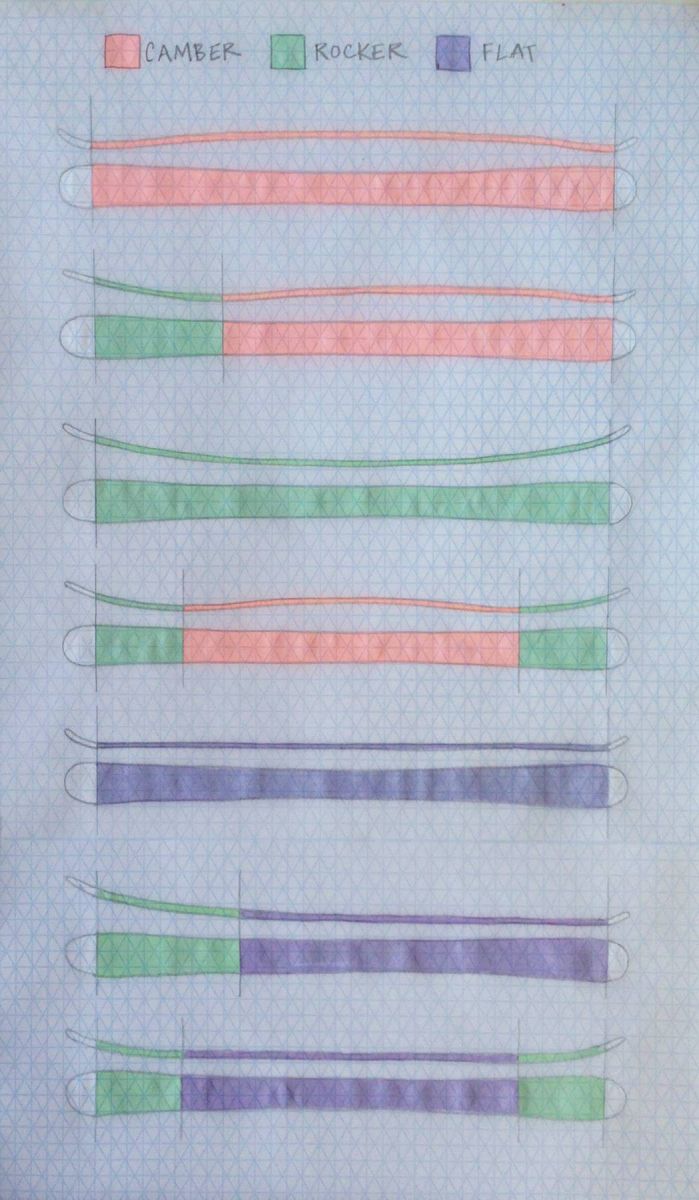
Over the last several years of writing about and selling skis I feel like all we, the ski industry, have been talking about is rocker this and rocker that. Though don't get me wrong, rocker is a good thing for many applications and most skiers. The intention of this post is to bring the awesomeness that is camber back to light.
To say camber is outdated is completely ridiculous. Just because camber has been around for a while doesn't mean that it's an outdated ski technology. Camber acts like a suspension, set a pair on a flat surface; floor, counter etc. You'll notice when the ski is unweighted that there is a gap between the base of ski and the surface you set it on, and when you push down it has a spring type feel.

When the ski is at rest a.k.a unweighted, the contact points are at the tip and tail. When the ski is weighted the entire ski touches the snow. Because of this suspension like construction known as camber, a cambered ski is always fighting to make contact with the snow.
What does that mean?
Imagine you have a car - with no suspension - and you're driving on a dirt road - maybe it's a little bumpy - you go around a corner... Without a suspension you're just going to bounce off the road and if you don't bounce off the road you're driving very slowly - and that's not very fun.
Fully Rockered skis don't fight for contact with the snow like cambered skis do, rockered skis try to stay on top of soft snow or powder. That's why cambered skis are a rougher ride, as the ski fights for contact on chopped up or cruddy snow your body takes a bit more of a beating because the ski cuts through instead of floating on top.
When would I want a cambered ski?
If you're the type of skier that just wants to send it, scream down the mountain going as fast as you can carving mean turns, you're going to want a decent suspension that is trying to maintain grip a.k.a camber! Sounds like I described a ski racer, now you know why race skis are still cambered.
What if you want both speed and comfort in a ski?
A fully cambered ski is a rougher ride in chopped up snow because the tip doesn't float on top like a rockered ski, it wants and will cut through.
Now you're probably familiar with skis that have tip rocker. A little bit of rocker in the tip of the ski will give you some good float if the snow gets soft and a smoother ride when the snow is chopped up and cruddy; while the camber underfoot provides great grip.
We are very programmed into thinking that new is better and old is outdated. Camber is NOT outdated it's just not the newest construction shape. There are more options for skiing construction that suit different skiers, styles, abilities and snow conditions than ever before. In the last couple years skiing technology has come so far that there is good reason to have multiple pairs of skis. Skis that do different things really well.
So don't throw away camber. Add to your arsenal of skis. A skier with multiple pairs of skis is truly getting the most out of modern ski technology.

